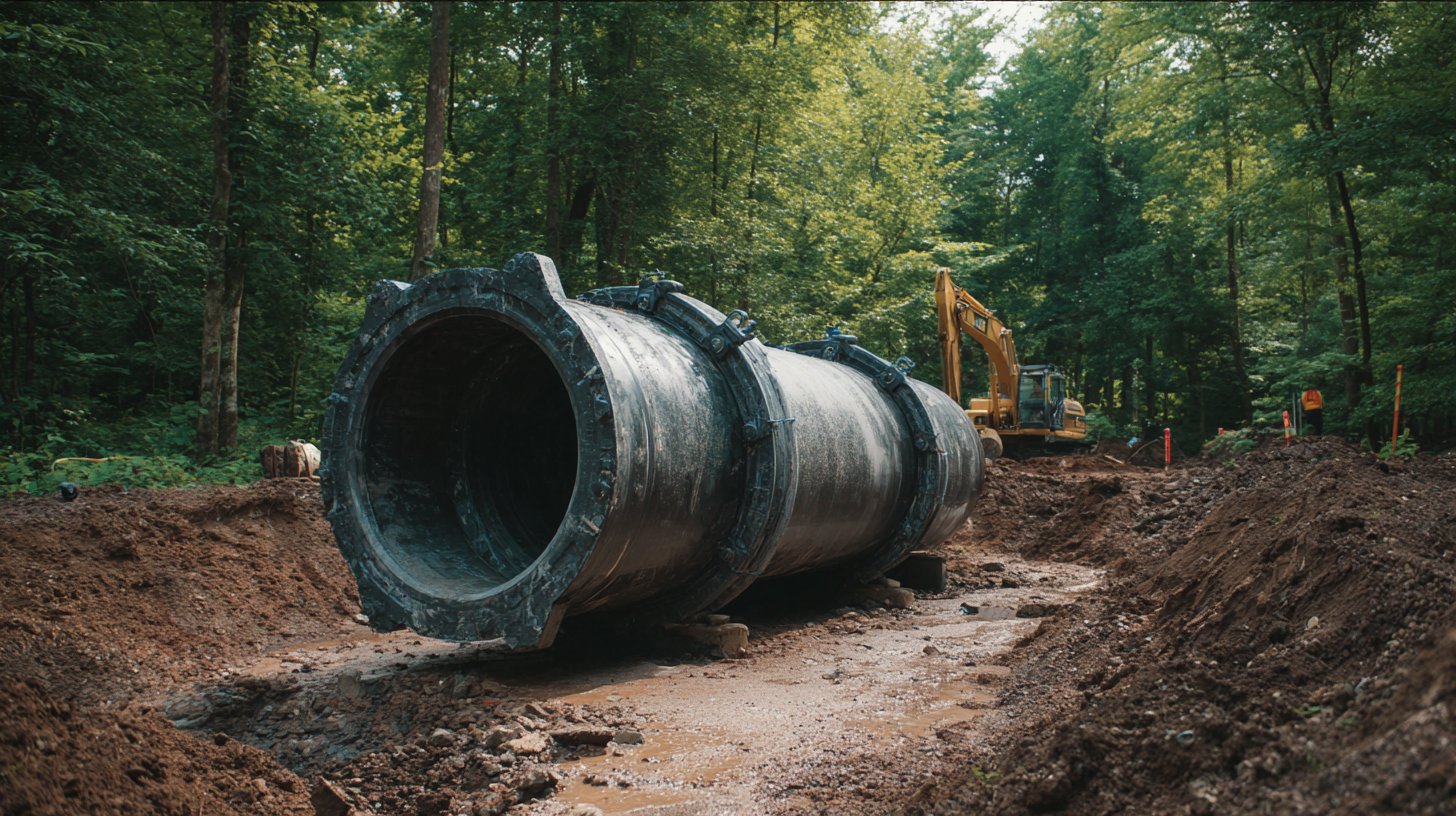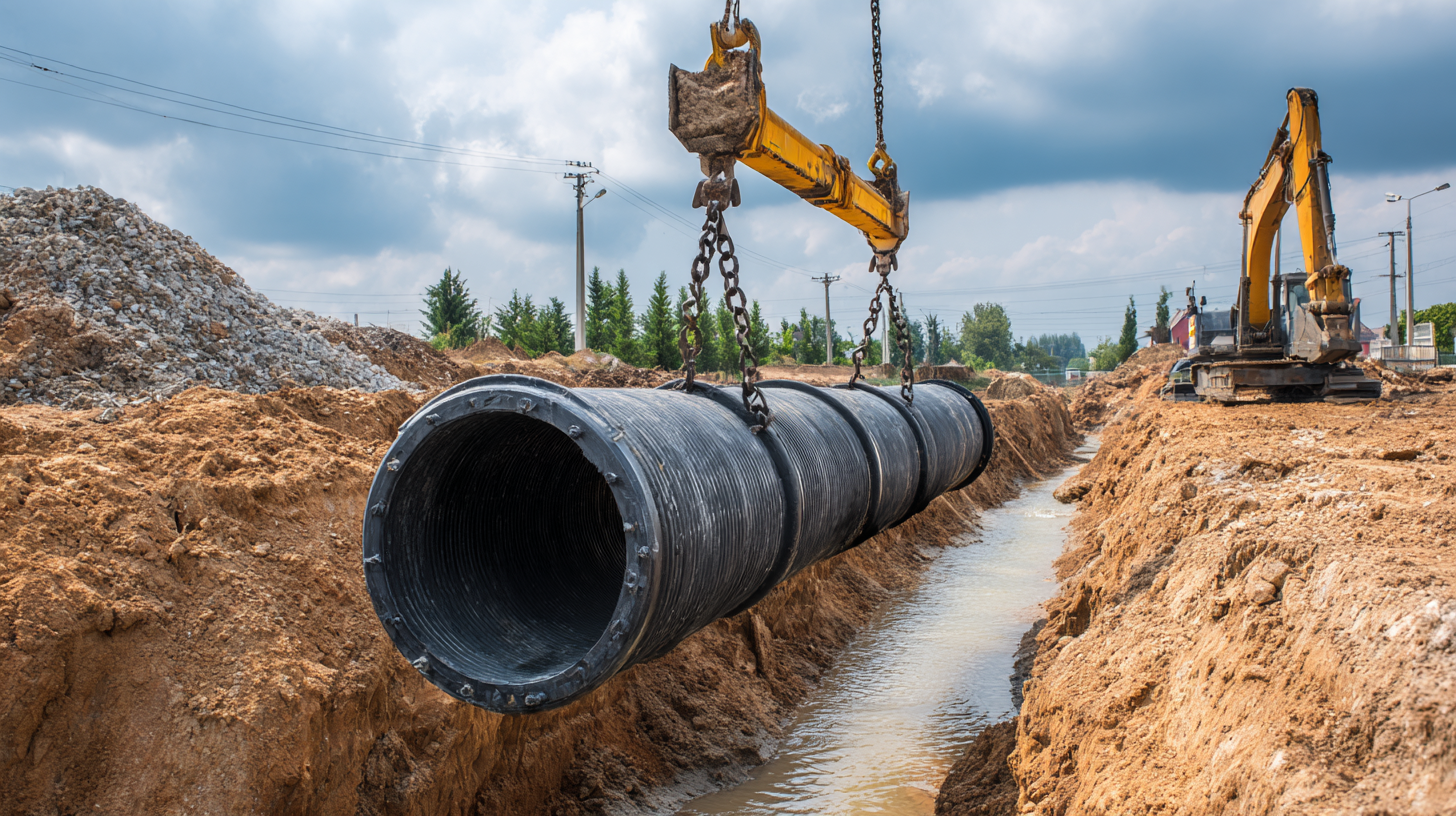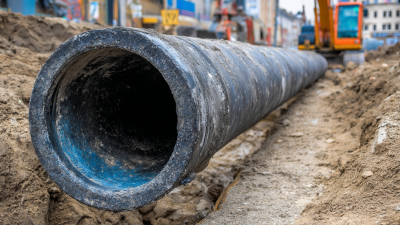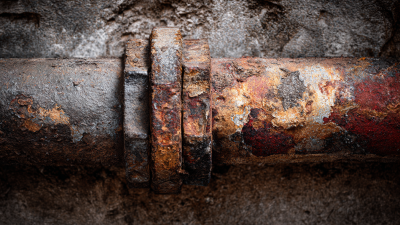Unlocking the Benefits of Sleeve Sewer Line Technology for Efficient Waste Management
In recent years, the adoption of sleeve sewer line technology has revolutionized waste management practices, offering a sustainable solution to aging infrastructure challenges. According to the Environmental Protection Agency (EPA), approximately 50,000 miles of sewer lines across the United States are in critical need of repair, leading to increased costs and environmental risks. By utilizing sleeve sewer line systems, municipalities can achieve a significant reduction in excavation and disruption, with installation times decreasing by up to 75%. Furthermore, studies indicate that the lifespan of sleeve systems can extend up to 50 years with proper maintenance, providing a durable alternative to traditional methods. As urban populations continue to grow, leveraging innovative technologies like sleeve sewer lines will be essential for maintaining efficient waste management strategies while safeguarding our ecosystems.

Understanding Sleeve Sewer Line Technology: A Modern Approach to Efficient Waste Management
Sleeve sewer line technology represents a significant advancement in waste management practices. This innovative system involves the installation of a flexible liner within existing sewer pipes, effectively creating a new, durable pipe without the need for extensive excavation. The liner is made from robust materials that can withstand corrosive environments, thus extending the lifespan of sewer infrastructure and minimizing the risk of future blockages or leaks. By utilizing this modern approach, municipalities can significantly reduce maintenance costs and improve the efficiency of their waste management systems.
Moreover, the benefits of sleeve sewer line technology extend beyond mere physical repair. The installation process is less disruptive compared to traditional methods, resulting in shorter downtimes and minimal impact on the surrounding community. This technology also promotes environmental sustainability by reducing the carbon footprint associated with traditional sewer repair methods, as less heavy machinery and transportation are required. Overall, sleeve sewer line technology embodies a proactive solution to modern waste management challenges, providing enhanced durability and operational efficiency while conserving resources.
Key Advantages of Using Sleeve Technology for Wastewater Systems
Sleeve sewer line technology is revolutionizing wastewater management by providing significant advantages over traditional methods. According to a report by the National Association of Sewer Service Companies (NASSCO), over 90% of sewer systems in the U.S. are older than 20 years and may suffer from various forms of deterioration. Sleeve technology offers a trenchless solution that minimizes excavation, which not only reduces the disruption to surface infrastructure but also lowers restoration costs by approximately 20-30% compared to traditional methods.
Moreover, the application of sleeve technology effectively extends the lifespan of existing sewer lines. Data from the American Society of Civil Engineers (ASCE) indicates that the use of sleeve liners can enhance the structural integrity of aging pipes while significantly reducing infiltration and exfiltration of wastewater. This directly contributes to improved environmental protection, as fewer pollutants enter the ecosystem. By utilizing innovative materials and techniques, sleeve technology not only aids in efficient waste management but also ensures compliance with stricter regulatory standards regarding wastewater discharge.
Unlocking the Benefits of Sleeve Sewer Line Technology for Efficient Waste Management - Key Advantages of Using Sleeve Technology for Wastewater Systems
| Advantage | Description | Impact on Waste Management | Installation Time |
|---|---|---|---|
| Reduced Infiltration | Minimizes groundwater entering the system | Enhances system efficiency and reduces treatment costs | Short |
| Increased Durability | Resistant to corrosion and chemical exposure | Lowers maintenance costs and system failures | Moderate |
| Cost-Effectiveness | Reduces the need for extensive repairs | Increases overall savings for municipalities | Short |
| Quick Installation | Less invasive than traditional methods | Minimizes disruption to the surrounding area | Very Short |
| Enhanced Flow Capacity | Improves water flow in pipes | Reduces the risk of backups and overflows | Moderate |
Step-by-Step Guide to Implementing Sleeve Sewer Line Solutions
Sleeve sewer line technology is revolutionizing waste management by providing a robust solution to common drainage issues. The implementation of this innovative technique involves several key steps that prioritize efficiency and durability. First, it's crucial to inspect the existing sewer lines using advanced camera technology to identify any blockages or damage. Once issues are located, homeowners can prepare for the installation of sleeve liners, which serve as a protective barrier against further erosion and infiltration.
The actual implementation process typically begins with cleaning the existing pipes to ensure proper adhesion of the sleeve. Following this, the sleeve is carefully inserted and inflated, allowing it to mold to the interior of the old line. This not only restores functionality but also prevents future clogs and breakages. Regular maintenance and monitoring of the newly installed system can further enhance the longevity of both the sleeve and the overall sewer line, ensuring efficient waste management and reducing the likelihood of serious plumbing emergencies in the future.

Common Challenges in Sleeve Technology Installation and Their Solutions
In the realm of sleeve sewer line technology, installation challenges often arise, necessitating effective solutions to ensure seamless integration and long-term functionality. One common issue is the difficulty in aligning sleeves within existing sewer infrastructure. This misalignment can lead to leaks and reduced efficiency.
To tackle this problem, advanced alignment tools and techniques can be employed, enhancing precision during the installation process and minimizing potential errors.
Another significant challenge is the durability of the materials used in sleeve technology. With varying environmental conditions and the potential for physical stress, ensuring that the right materials are selected is crucial for longevity. Utilizing high-quality, resilient materials can mitigate issues related to wear and tear, thus extending the lifespan of the installations. Additionally, ongoing monitoring and maintenance strategies can help identify potential issues before they escalate, ensuring that the sleeve technology functions effectively within waste management systems.
Comparing Sleeve Sewer Lines with Traditional Waste Management Methods
The advent of sleeve sewer line technology presents a revolutionary shift in waste management when compared to traditional methods. Conventional waste management systems often rely heavily on incineration, landfilling, or outdated sewage processing techniques, which face scrutiny for their environmental impact. Recent studies evaluating life cycle assessments highlight the significant ecological footprint associated with these traditional methods, prompting a need for more sustainable alternatives.
In contrast, sleeve sewer lines offer a more efficient and environmentally-friendly solution for transporting waste. They leverage advanced materials and design to minimize leakage and corrosion, ensuring that waste is managed with reduced risk of contamination. Moreover, their installation techniques, often less invasive than traditional methods, lead to a significant reduction in disruption to existing infrastructure and ecosystems. As cities strive to enhance resilience and sustainability, adopting sleeve sewer line technology can facilitate a more effective and adaptive approach to waste management, better aligning with contemporary environmental objectives and improving overall urban sanitation systems.

Related Posts
-

Creative Applications of Sewer Pipe Sleeve Repair Techniques
-

7 Essential Tips for Effective Home Sewer Line Repair You Can't Ignore
-

How to Choose the Right Sewer Pipe Sleeve for Your Plumbing Needs
-

Understanding Sewer Line Relining: A Comprehensive Guide to Modern Pipeline Repair Techniques
-

Revolutionizing Home Maintenance: The Scientific Benefits of Digless Pipe Repair Techniques
-

7 Essential Tips for Effective Sewer Pipe Sleeve Repair Techniques

